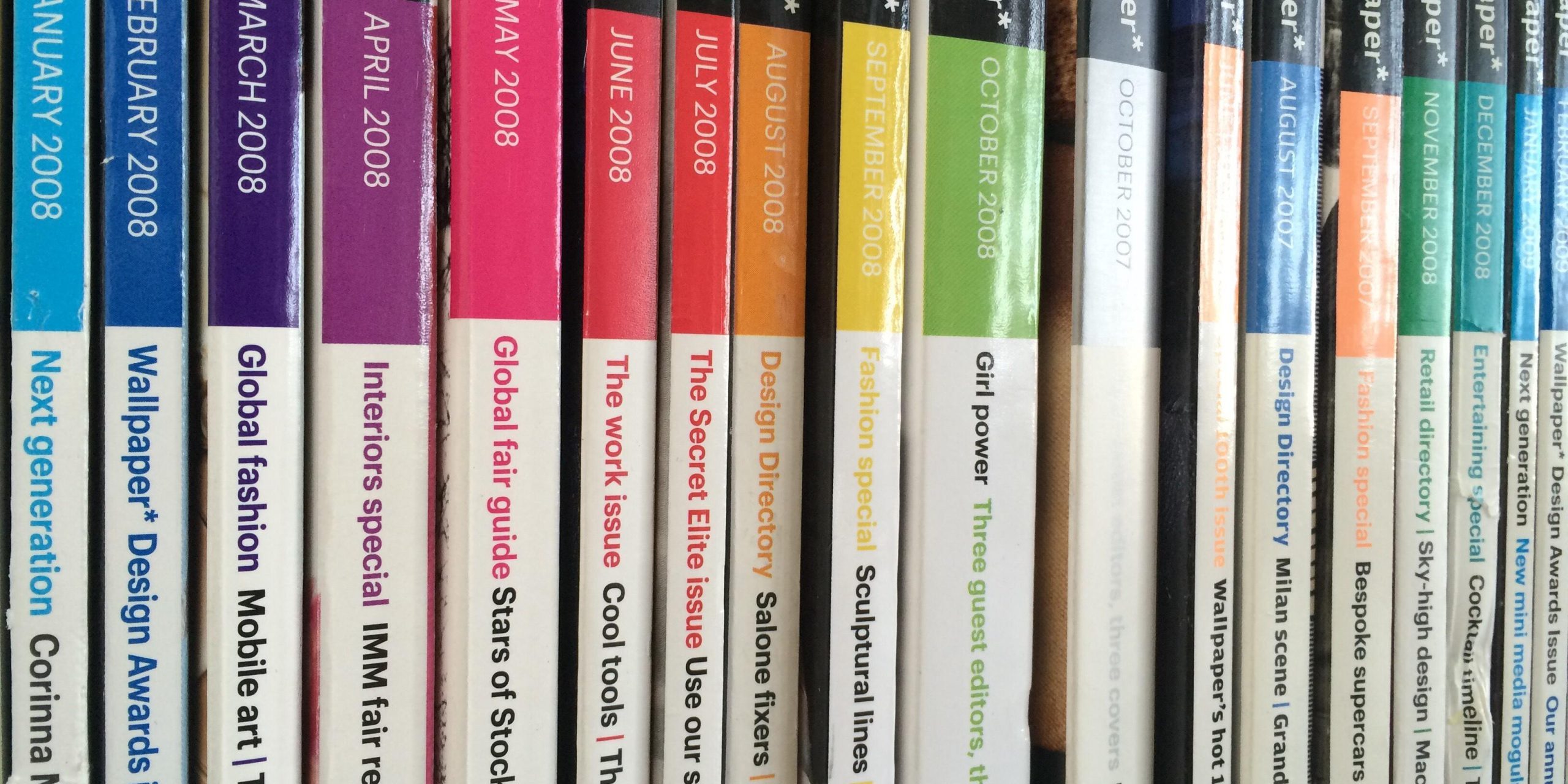As you all know, sometimes we make mistakes – not that we want to admit any of them. I understand that it’s a little embarrassing to say “Hey, I made a mistake.” However admitting to the mistake is what will make you better as a designer. Some mistakes are minor and others can be very costly, that’s why it’s best to pay very close attention to details. Over the past year or so of me learning Graphic Design I’ve made plenty of mistakes but, they’ve only made me better as Graphic Designer. Mistakes are just lessons to help you keep learning because, once you’ve made a mistake you often wonder what can I do so that this doesn’t happen next time. So here’s a few common mistakes for you to be aware of. I’m sure I’ve committed if not all, most of these crimes since becoming a designer. I’ve learned from them and hopefully you can too.
Not clearly understanding the clients’ wants and needs
It is extremely important to understand what the client is looking for in their design. Without a clear understanding of what the client wants you may end up wasting precious time. You’re mind may go blank causing a lot of procrastination, or you may come up with some designs you think are FIRE! But, the client doesn’t like any of them. Instead of taking the clients’ brief and getting right to work you should read it very carefully from the start with a fine tooth comb. Take notes, brainstorm and if necessary keep in contact with the client so you are sure to get the job done right the first time.
Not saving files correctly
You MUST save all files correctly. Knowing how the save the files all depends on the client’s needs. Are they going to be using the files solely for web (RGB) or will it be for print (CMYK) also. Knowing this will save you a lot of time. It’s also good for you to save along with the design the fonts you used, colors, and any design elements so you are able to have every element on hand at the request of the client. Also if you know that design is for print pay close attention to the bleed and trim so no extra work is needed when it’s time to go to print.
Failing to proof read
PROOFREAD! PROOFREAD! PROOFREAD! You always want to make sure you proofread all work before sending out. This can be very dangerous if the design is going to print, you don’t want the same thing that happened to Lena Bryant (Lane Bryant) to happen to you. If you don’t know the story, Lena Bryant is the founder and creator of Lane Bryant when she went to get her name printed on her designs the printer mistook Lena for Lane. Sure Lane Bryant is very successful but that wasn’t what she wanted at the time but she went with because it would’ve been very costly to change it. Failing to proofread will ultimately cost you because it’s up to you to give the client what they want.
Failing to use short codes
Using short codes may seem very hard at first but in the long run it’s worth it because it saves a lot of time. Trust me, I know. In the beginning of learning Graphic Design I would still click on edit then click on save – it even took long to write that LOL. These days I’m a command + S kind of girl, it only takes a second. Unlike before when it was taking me at least 30 seconds to save something. You know how much time you can save just off of shaving a few seconds from everything you do? PLENTY!
Being married to your designs
Being married to your designs can be very hindering to your growth as a designer. Clients are always going to want edits to get the best design in their mind. It is up to you to realize that although it is your design and you may love the work you’ve done, it is ultimately the clients decision. So don’t be so in love with your work that you can’t step back and allow the client to make changes.
Invading the whitespace
Some are probably wondering what is the whitespace. The whitespace is the space you will make your design on. When I say don’t invade the whitespace I simply mean don’t clutter your design. When I was in high school I had a english teacher that told me when it comes to poetry, don’t keep writing just because you think it needs more. Sometimes what you have is all you need, you may need to move some things around, but don’t fluff. Fluff is exactly what is, fluff. Don’t keep adding stuff to your design just because there’s space.
Font and color overload
Just as I said about invading the whitespace sometimes enough is enough. The overuse of color and font will make any design look child like. You never want your client to think that your 5 year old niece or nephew did the work for you. When it comes to design it’s best to stick to no more than three color choices and font choices. Any more than that is going to over crowd your work and you want to make sure everything you do looks professional.
Using Rasters vs Vectors
In my beginning stages of learning Graphic Design I was producing a lot of rasterized images. Sure they’re ok for web work but definitely not for print. It is best to use vectorized images for all designs because you can scale them to any size and they won’t loose their resolution, even scaling from small to larger images. If you have a rasterized image you can only make it smaller without loosing resolution if you were to stretch it the image will become blurry. This doesn’t happen when it comes to vectorized images. This is why it is best to use vectors, not only that, when it’s time to print you there’s not many changes you have to make in order for your design to be ready.
PLAGIARISM!
Plagiarism isn’t good in any situation. For those who aren’t familiar with what plagiarism is, it is the act of stealing someone else work and claiming it as your own. However, it is ok to take design inspiration from someone else’s work. To avoid not making your design exactly the same as theirs try to take small elements from their work and incorporate it in to your own.
Avoiding contact with clients
When designing for a client try to stay in contact with them in order to make sure you are working according to what they want and need. You never want to waste precious time working on an amazing design and the client doesn’t love it or even like it as much as you do. Keeping in contact with your clients help you stay on track with what their vision is for the finished product.
Taking criticism personally
Everyone needs a little bit of criticism sometimes. If we don’t receive criticism sometimes, how will we grow as an artist. I know the word criticism may seem a bit harsh so from now on we’ll call it feedback. You need feedback because it lets you what you did wrong and what you can do better next time in order to avoid the mistake you made the first time. Just as I want to grow as an artist I know you want to as well, otherwise you wouldn’t be reading this. So, don’t take feedback so personally, it simply makes you better.
Not staying up to date
When it comes to all professions it is imperative that you stay current with all the new trends. If your work is outdated, you will begin to loose clients and we don’t want that to happen. In order to stay up to date with what’s happening in your field, you must become what I like to call a trend forecaster. Trend forecasters pay close attention with what’s going on with the world around them. In order to be a great trend forecaster and stay up to date with the work you do, you must always be seeking more knowledge. Whether it’s through reading or simply asking someone who may know more than you for some advice. The goal is to keep your old clients coming back and be able to gain new ones. Not only that knowledge is power and it’s something no one can ever take from you.
Until next time,
Happy Designing!







